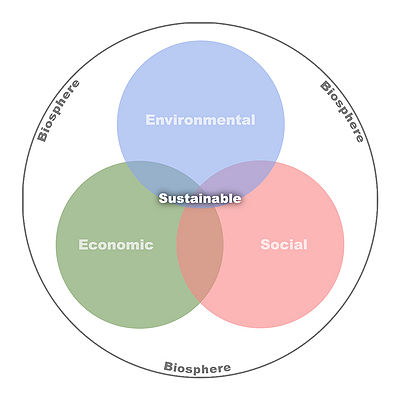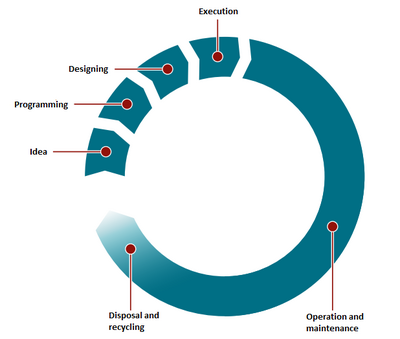Sustainability in construction
| Line 29: | Line 29: | ||
==Annotated Bibliography== | ==Annotated Bibliography== | ||
| + | |||
| + | ==References== | ||
| + | |||
| + | <references /> | ||
Revision as of 12:04, 10 June 2017
Construction is accountable for a great part of the world’s total energy and resource consumption. It is therefore highly crucial that practitioners ensure a sustainable development of construction in order to address the current global climate and environmental challenges. This requires both an environmental, social and economic point of view to obtain an ambitious effort around sustainability in construction.
The quality of our buildings and the construction environment are important for society in a broad perspective and crucial to people's social activities and well-being. Buildings often have a lifespan that surpasses all other products surrounding us and therefore the consequences of the choices one makes today have long term implications.
Sustainability in construction consists as mentioned of environmental, social and economic dimensions. These three dimensions needs to be weighted balanced from a life-cycle perspective and thought through in every aspect of the construction process. Together these dimensions characterize sustainability in construction and covers a variety of conditions which must be included in the planning of sustainable constructions. This means, that the planning of buildings must be considered from a broad and long term perspective. Further, the sustainability effort must be addressed throughout the entire value chain and the implications should be beneficial for all involving parties.
Contents |
The meaning of sustainability
The Brundtland report was the first to focus on global sustainability and launched a comprehensive approach to sustainability that included social, economic and environmental aspects. The goal of Brundtland Commission was to show the way to future development:
“(…) Development that meets the needs of the present without compromising the ability of future generations to meet their own needs" [1]

